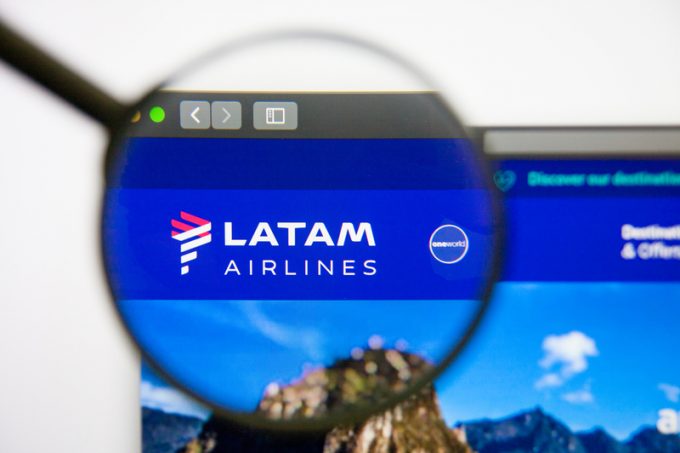Only piecemeal additions to cargo capacity on China-US flights
US airlines are reluctant to resume China routes they suspended during the pandemic, auguring tight ...

Delta and LATAM’s alignment is rocking the passenger market in the Americas, but it is unclear at this stage how it will affect the cargo sector.
The US carrier is forking out more than $2bn to beef up its presence in the North-South America market, paying $1.9bn for a 20% stake in Latin America’s largest carrier, bringing a presence on the board, and $350m to build up their strategic alliance.
Under their agreement, announced on September 26, Delta has pledged to acquire four A350 XWB ...
Trump tariffs see hundreds of cancelled container bookings a day from Asia
Macron calls for ‘suspension’ – CMA CGM's $20bn US investment in doubt
De minimis exemption on shipments from China to the US will end in May
Forwarders stay cool as US 'liberation day' tariffs threaten 'global trade war'
Mixed response in US to 'Liberation Day', while China leads wave of retaliation
Tariffs and de minimis set air freight rates on a volatile course
Overcapacity looms for ocean trades – with more blanked sailings inevitable
'To ship or not to ship', the question for US importers amid tariff uncertainty
List of blanked transpac sailings grows as trade war heats up and demand cools
East-west rates diverge as transpac spots hold while Asia-Europe keeps falling
'Chaos after chaos' coming from de minimis changes and more tariffs

Comment on this article